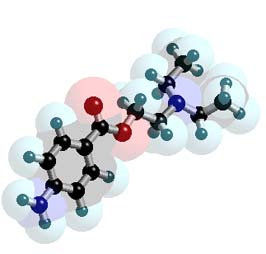

Organic Chemistry III
Professor Carl C. Wamser

Review Workshop Problems
Organic Chemistry III |
||
Professor Carl C. Wamser |
![]()
Organic Chemistry III |
||
Professor Carl C. Wamser |
![]()
![]()
Glycolysis is the process that takes
glucose to pyruvate and then to acetyl CoA.
In ten more reactions (the Krebs
Cycle), acetyl CoA is taken to carbon
dioxide.
1. Examine the ten reactions of the Krebs Cycle and characterize each reaction in terms of the following aspects:
a) Write a balanced reaction and describe the reaction with as much specificity as you can (e.g., oxidation of a secondary alcohol to a ketone).
b) Indicate whenever a cofactor is needed to accomplish an oxidation or a reduction. Use NADH/NAD+ to interconvert alcohols and carbonyl groups and use FADH2/FAD for hydrocarbons and alkenes.
c) Indicate any stereochemistry possibilities in the reactants or products.
2. Consider the ten reactions of the Krebs Cycle all together in terms of the following aspects:
a) Write a balanced reaction for the entire cycle, in particular adding up the cofactors that are used and generated.
b) Using other reaction sequences, each equivalent of NADH ultimately can create 3 equivalents of ATP and each equivalent of FADH2 can ultimately create 2 equivalents of ATP.
How much ATP can be created from one acetyl CoA? How many from one glucose?
The Krebs Cycle
Peer-Led Team Learning: Organic Chemistry, 1/e
Jack A. Kampmeier, University of Rochester
Pratibha Varma-Nelson, St. Xavier University
Donald Wedegaertner, University of the Pacific
Prentice-Hall, 2001, ISBN 0-13-028413-0
http://www.sci.ccny.cuny.edu/~chemwksp/OrganicChem.html